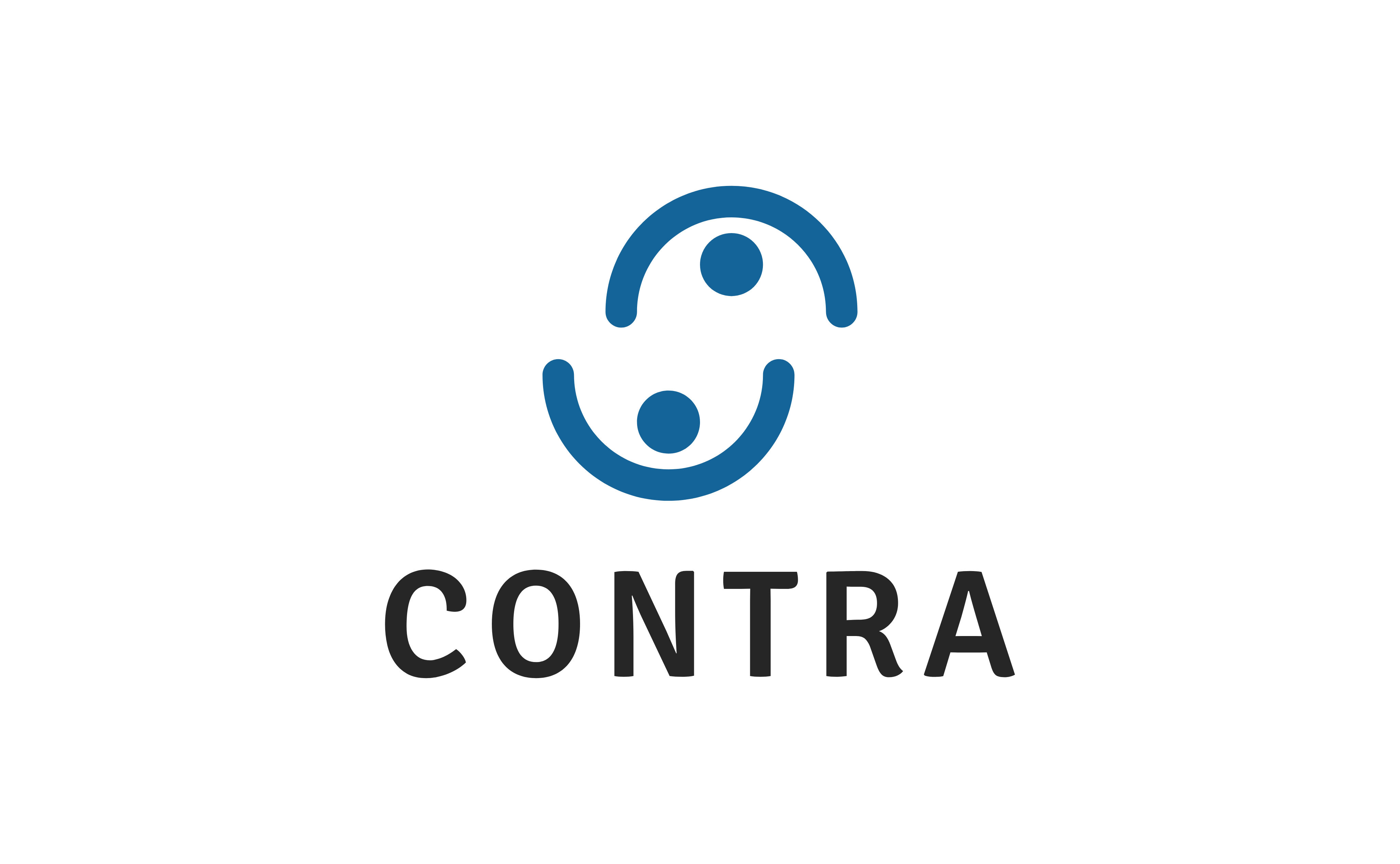
In the fast-paced world of financial markets, algorithmic trading has emerged as a game-changer, offering a more systematic approach to trading. This method leverages computer programs to execute trades at speeds and frequencies that are unattainable by human traders. Here, we explore various algorithmic trading strategies that have revolutionized the way trading is done.
- Trend Following Strategies: One of the most popular algorithmic trading strategies, trend following, involves algorithms that identify trends in market prices and make trades based on these detected trends. Simple moving averages, channel breakouts, and price level movements are often used to identify market trends.
- Mean Reversion Strategies: Mean reversion is based on the theory that prices and returns eventually move back towards the mean or average. This strategy relies on the historical average of an asset’s price. Algorithms are programmed to identify assets that have deviated significantly from their historical averages and to trade on the expectation that they will revert to their mean.
- Arbitrage Opportunities: Arbitrage is the simultaneous purchase and sale of an asset to profit from a difference in the price. Algorithmic trading makes it possible to quickly identify and exploit pricing inefficiencies between different markets or different financial instruments.
- Market Making: Market-making algorithms are designed to provide liquidity to markets by continuously buying and selling securities. By placing buy and sell limit orders, the algorithm can profit from the spread between the buying and selling prices.
- Sentiment Analysis: With the advent of machine learning and natural language processing, sentiment analysis has become a viable trading strategy. Algorithms can analyze news articles, social media posts, and other text sources to gauge the market sentiment and make trades based on this information.
- High-Frequency Trading (HFT): High-Frequency Trading is an algorithmic trading strategy that involves executing a large number of orders at very fast speeds. HFT algorithms can capture small price gaps created by bid-ask spreads and market inefficiencies.
- Statistical Arbitrage: Statistical arbitrage is a quantitatively driven approach to trading. It involves complex mathematical models and high-speed computer programs to identify profitable opportunities across thousands of securities.
Conclusion
Algorithmic trading strategies offer a distinct advantage in terms of speed and precision. However, they require a deep understanding of both the market and the underlying technology. As the financial world becomes increasingly digital, the role of algorithmic trading is set to grow even further, making it an indispensable part of modern trading.

Leave a Reply